The torque converter clutch is a mechanism that creates a connection between the transmission and the engine. It is important in increasing the efficiency of the transmission at highway speeds, improving fuel mileage, managing transmission fluid temperatures, and reducing vehicle emissions.
When your vehicle’s primary computer (Powertrain Control Module or PCM) detects a problem in the torque converter, it may log the P0743 error code in your vehicle’s on-board diagnostic system. Here is some information that could help you understand this trouble code better.
What Does the P0743 Code Mean?
Diagnostic trouble code (DTC) P0743 stands for “Torque Converter Clutch Solenoid Circuit Electrical.” It is set when the PCM detects a potential issue with the torque converter clutch (TCC) solenoid or its circuit.

The torque converter is equipped with a TCC that creates a ‘mechanical lock’ between the engine and the transmission. It is similar to the manual transmission. The transmission control module (TCM) uses an electronic TCC solenoid to engage the converter clutch.
The lockup function of the TCC is needed to create a 1:1 RPM ratio between the transmission input shaft and the torque converter’s rotational speed. Achieving this condition prevents the power loss that you would experience with a ‘fluid/hydraulic lock’. At the same time, it helps the engine operate at a reduced speed and load.
If you’re considering a DIY fix, a technical understanding of the torque converter could help you address the issue. You can read our explanation about the torque converter and DTCs. If you quickly want to learn the possible causes of P0743, continue reading the next section.
Note: The definition of code P0743 may be different depending on the vehicle manufacturer. Consult the appropriate repair manual or repair database for the exact code definition.
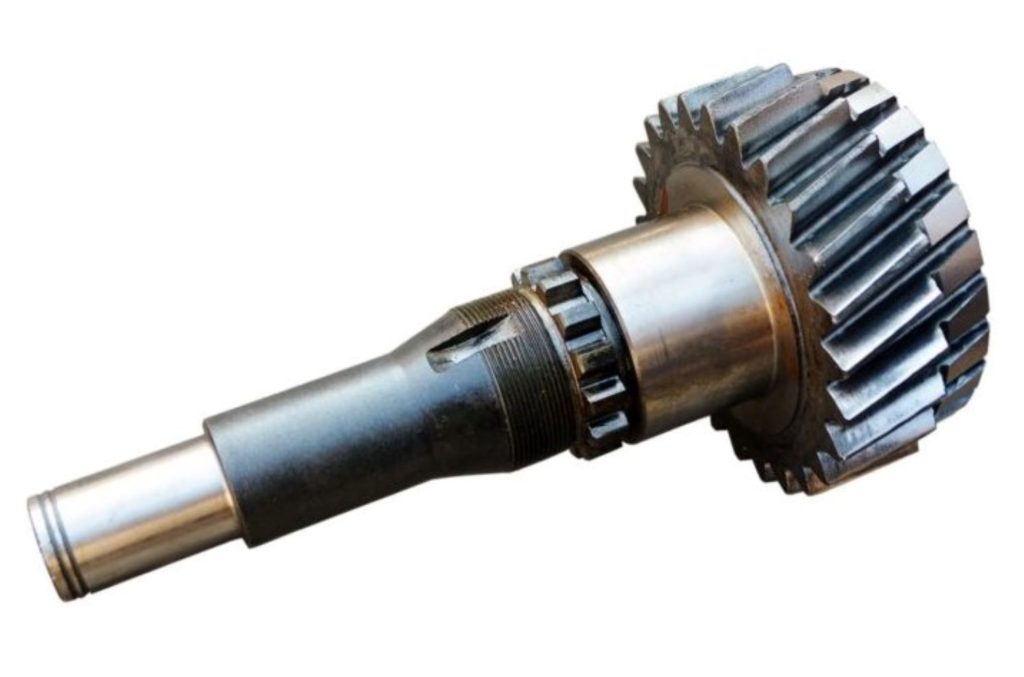
What are the Possible Causes of the P0743 Code?
- Failed Torque Converter Lockup Solenoid
- Failed Torque Converter
- Defective Valve Body
- Low or dirty transmission fluid that restricts the hydraulic passage
- PCM failure
- Internal transmission concern
What are the Common Symptoms of the P0743 Code?
- Check Engine light is on
- Higher RPMs at highway speeds
- Reduced fuel mileage
- Vehicle stuck in “limp” mode
- Vehicle shudders
In some cases, the code may present engine performance problems such as transmission slippage, stalling when coming to a stop after cruising speeds, and/or misfire-like symptoms
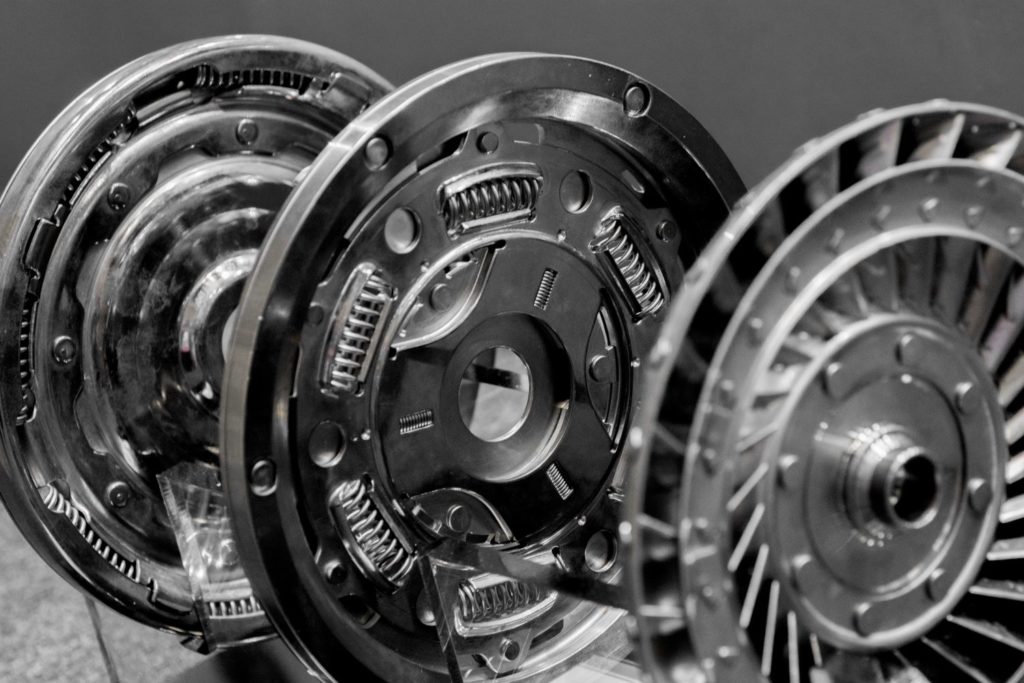
How to Diagnose the P0743 Code
Identifying the underlying cause of the P0743 code can be difficult, especially if you’re not confident with your automotive knowledge. In most cases, it would be best to bring your vehicle to an auto repair shop and seek the help of a professional for an accurate diagnosis.
Here is a video that can help give you a better idea on how this trouble code might be diagnosed:
How to Fix the P0743 Code
The P0743 code is a generic trouble code that may apply to various makes and models. While vehicles from different manufacturers may share common symptoms, their steps for diagnosis and repair may vary. For instance, how to fix the P0743 Ford code may differ from the solution for a P0743 Dodge code.
If you’re an advanced DIYer who’d like to fix this code on your own, it will be helpful to refer to your repair manual or get factory vehicle repair information from an online subscription service.
A Closer Look at the Torque Converter and DTCs
It generally works this way: the torque converter that couples the engine to the transmission on modern vehicles either operates totally unlocked (fluid coupling only) or it is modulating a partial lockup of the converter’s internal clutch from mostly slipping all the way up to straight lockup. Usually, the controlled slip leads to a full lockup, which means the turbine shaft is locked directly to the engine by way of the torque converter’s internal applied clutch, which then improves fuel economy in a big way.
The torque converter is most typically operated using fluid pressure through a solenoid that has one wire hard wired either to power or ground, and the opposite wire either grounded or powered by the ECM/PCM. Asian-made transmissions typically hardwire their solenoids to ground and have the ECM/PCM power the solenoid, but domestic manufacturers control a solenoid that is wired to power through a relay by the ECM/PCM delivering a ground signal to activate the solenoid using a duty cycle.
The ECM/PCM constantly watches the solenoid trigger. It knows when it is energizing the solenoid and when it isn’t, and if it isn’t, it should read either voltage or ground, depending on how the solenoid is wired. If it doesn’t see what it should see when the solenoid isn’t being cycled, it throws code P0743. This is a totally electrical code.
Where to Get a New Torque Converter Clutch Solenoid for Your Vehicle
It’s not recommended to keep driving your vehicle if its torque converter clutch solenoid has stopped working. Otherwise, you might rack up fuel bills or find your car stuck in limp mode. Instead of ignoring the faulty part, replace it right away by ordering a new torque converter clutch solenoid from CarParts.com.
CarParts.com is your one-stop shop for reliable auto parts sourced from veterans of the industry. Our vehicle selector takes the guesswork out of finding parts that fit your car–simply enter the year, make, model, and engine, and it will bring up the appropriate products. Our parts are ready to ship from one of our strategically located distribution centers. Our torque converter clutch solenoids are also reasonably priced so you can get your car back on the road while staying within your budget.
Don’t put off getting a new torque converter clutch solenoid until more issues join the P0743 code. Instead, shop for a new one today here at CarParts.com!
Products Mentioned in this Guide
Any information provided on this Website is for informational purposes only and is not intended to replace consultation with a professional mechanic. The accuracy and timeliness of the information may change from the time of publication.


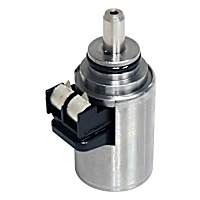 Torque Converter Clutch Solenoid
Torque Converter Clutch Solenoid
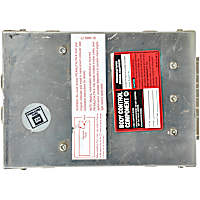 Transmission Control Module
Transmission Control Module
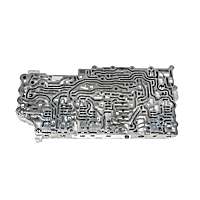 Valve Body
Valve Body



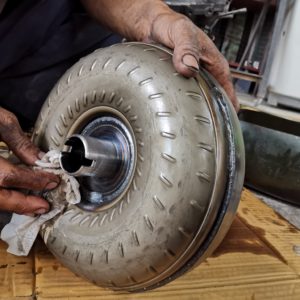

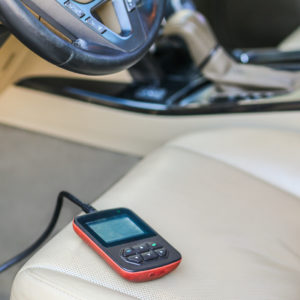











I just need to know where the torque converter clutch circuit electrical is located on a 2001 Jeep Grand Cherokee Laredo 4.0L
Hi Harold,
For information regarding wiring diagrams and connector locations, your best bet is to purchase a single-vehicle subscription to a repair database. You’ll find some recommended resources in this article: https://www.carparts.com/blog/why-you-should-always-consult-a-repair-manual/
on my 2012 volkswagen jetta se 2.5 where can I find? the torque converter clutch circuit electrical
Its disturbing my Beetle Volkswagen model 2002. How can get it and how much is the cost